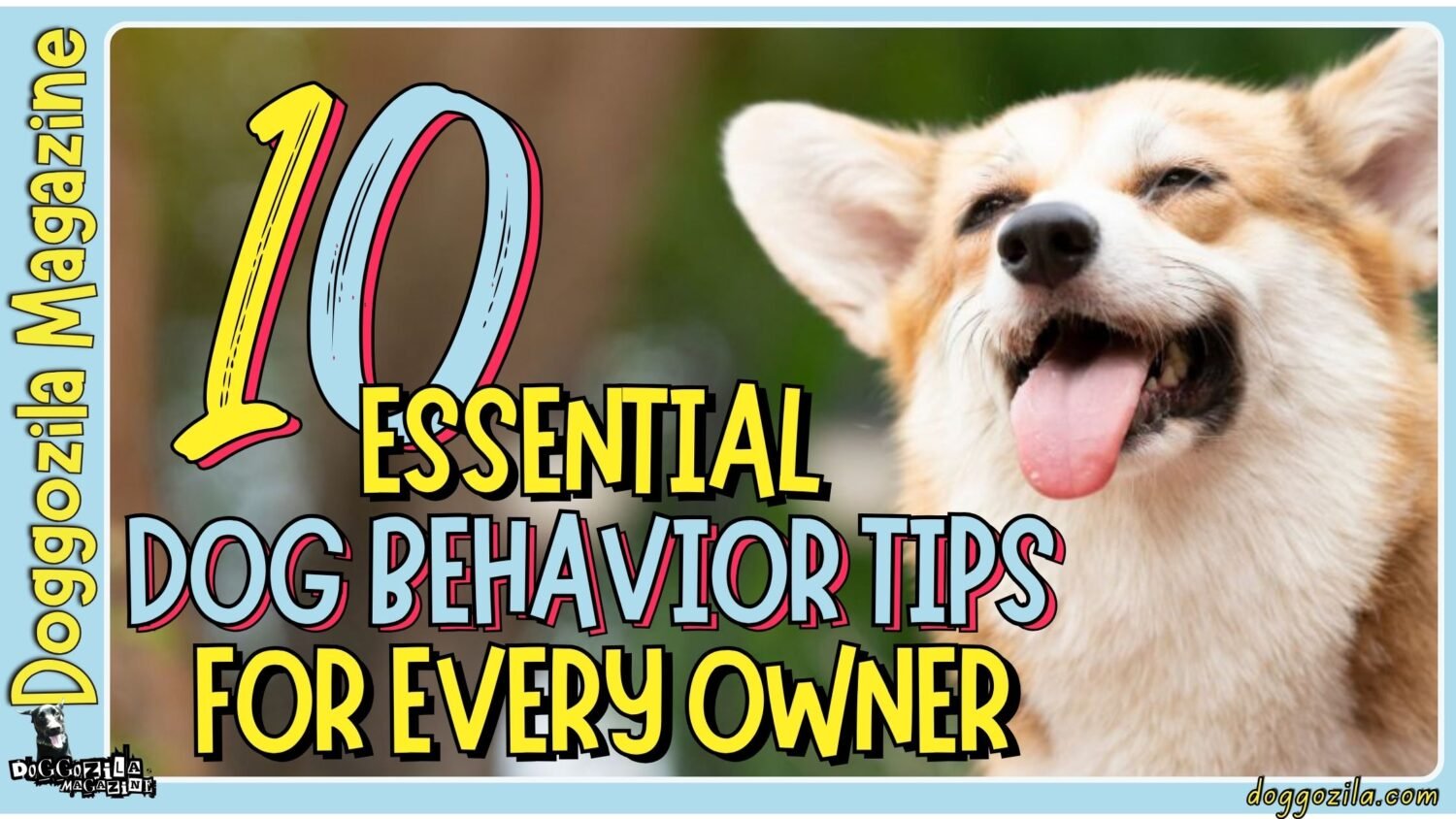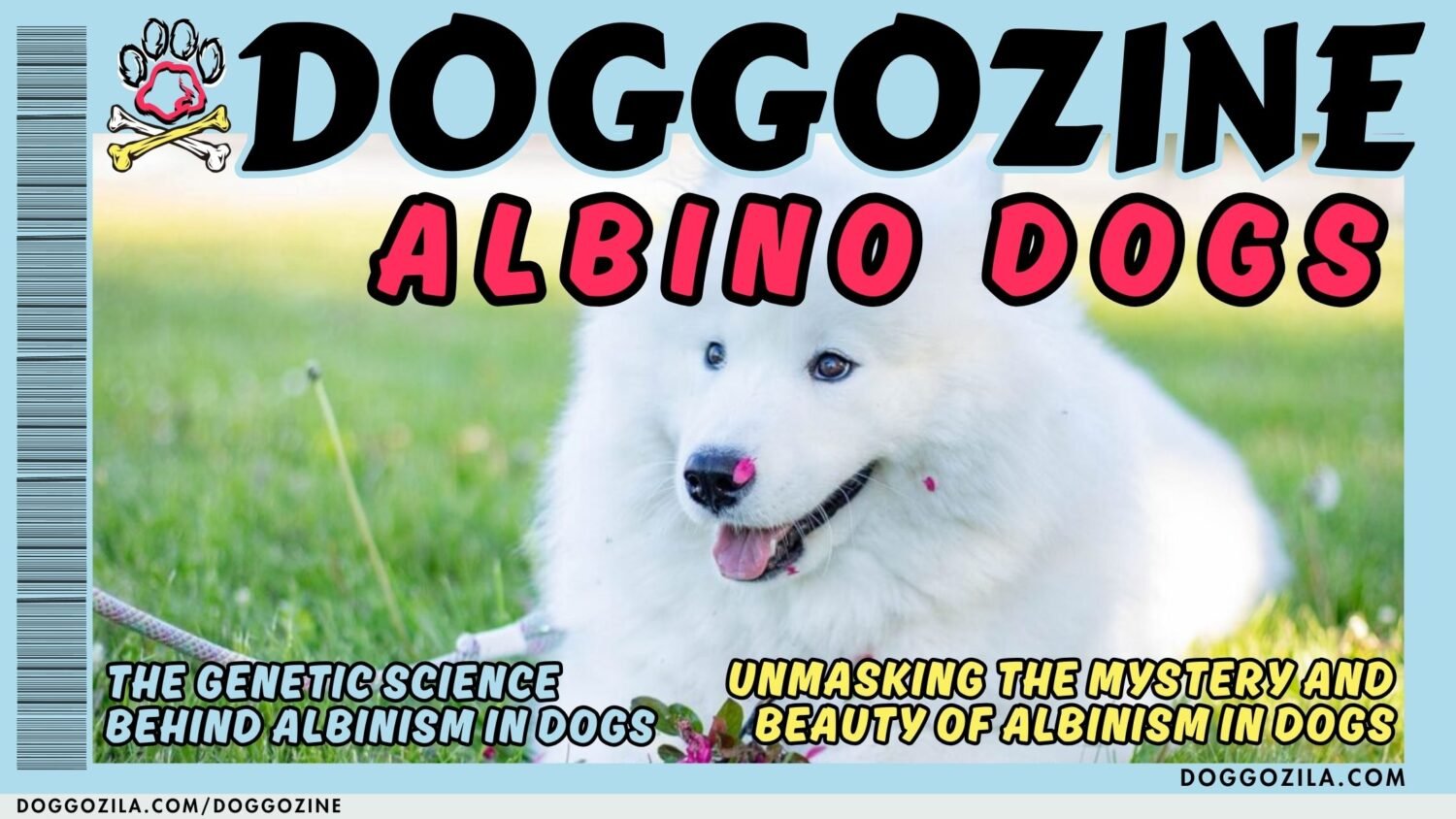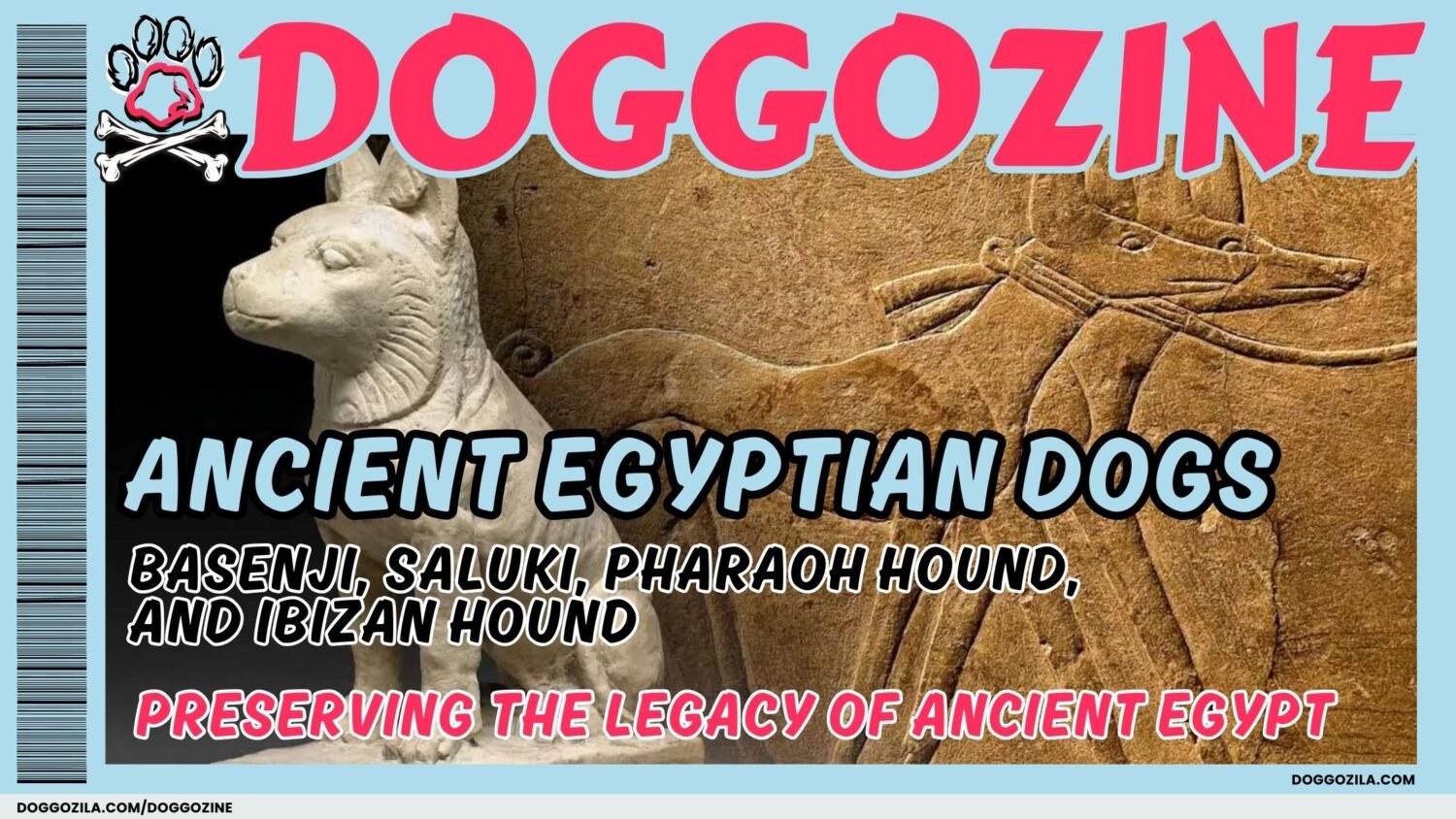Every dog owner has experienced that magical moment when a furry flop onto the back signals an invitation to scratch the soft undercarriage. From puppies to seniors, this unique request transcends breed, size, and mood, revealing a universal craving among our canine friends. So, why do dogs like belly rubs so much and what drives this behavior beyond simple pleasure?
In this exploration, we’ll dive into the biology, psychology, and real-world case studies that explain why the humble belly rub has become a ritual both dogs and humans treasure. Whether you’re a curious first-time pet parent or a seasoned trainer working on advanced dog tricks, understanding this canine preference can deepen the emotional bond and improve your dog’s overall well-being.
Exploring the delightful mystery of why do dogs like belly rubs so much opens a window into canine comfort that many pet parents overlook. When you pause to consider the gentle surrender your dog shows on its back as you approach with open palm, you tap into thousands of years of evolutionary trust that powerfully binds dog and owner.
Get ready for a fun, adventurous, and completely relatable journey through the secret life of belly rubs.

UNDERSTANDING WHY DOGS LIKE BELLY RUBS SO MUCH CAN REVEAL THEIR DEEPEST LOYALTIES
When a dog rolls onto its back and offers its soft tummy, it is speaking the language of vulnerability and trust. This gesture shows how safe they feel in our presence, inviting us to share a moment of intimacy. The soothing pressure of a belly rub triggers a rush of dopamine and oxytocin, reinforcing the bond for both pet and owner.
You’ve seen it a thousand times: that dramatic flop onto the floor, followed by eager eyes and wiggling paws. It’s the universal doggy semaphore for “Rub my belly!” But this behavior isn’t just adorable, it’s a complex language. When your dog exposes their belly, they’re revealing their most vulnerable area, a gesture rooted in evolutionary biology.
Exploring Why Do Dogs Like Belly Rubs So Much As A Gateway To The Oxytocin Bond
When you place your hand gently on their ribcage and slide downward to that sweet spot, your dog’s breath slows, their eyelids soften, and their entire body melts into contentment. Studies in dog behavior psychology show that this gentle contact mirrors the social grooming rituals observed in wild dog packs, where trust is earned in incremental heartbeats.
The neurological research from the University of British Columbia indicates oxytocin levels in both pet and caretaker can rise by as much as thirty percent during a twenty-second belly rub session. Over time, this shared biochemical exchange sows a garden of mutual affection where even the simplest scratch becomes a pillar for the relationship’s growth.
Trust becomes a muscle, flexed every time fingers dance across that velvety fabric under their chest. Subtle cues, like a gentle tail wag or a soft breath, signal that your dog is leaning into the pleasure of connection, teaching us how profoundly tactile communication drives canine emotional equilibrium.
Examining Why Do Dogs Like Belly Rubs So Much As A Tool For Reducing Anxiety And Stress
In a 2018 case study at Colorado State University’s veterinary faculty, anxious rescue dogs demonstrated marked behavioral improvements after daily fifteen-minute belly rub sessions paired with basic obedience commands. The mix of physical contact and positive reinforcement helped dogs with separation anxiety form a coping routine that eased their distress when left alone.
Beyond anecdotal reports, heart-rate variability tracking during these sessions showed a significant drop in stress markers, proving that belly rubs can be a valid complement to structured dog training protocols.
For dogs prone to overstimulation or noise phobia, predictable belly-rub rituals scheduled before thunderstorm alerts or fireworks displays provided a safe haven that calmed their sympathetic nervous system. Handlers often report that integrating these tactile breaks into daily walks enhances long-term resilience rather than just offering a fleeting comfort.
Appreciating Why Do Dogs Like Belly Rubs So Much In The Context Of Puppy Socialization
During the critical socialization period between eight and sixteen weeks, gentle belly exposure teaches puppies to welcome touch across vulnerable areas, preparing them for vet exams, grooming, and handling by strangers. By pairing tummy ticks with soft praise and tasty treats, trainers create positive associations that lead to more confident adult dogs.
According to research published in the Journal of Veterinary Behavior, puppies who receive consistent belly rubs as part of their early socialization regimen are fifty-percent more tolerant of routine health checks and less reactive toward unfamiliar hands.
This early trust-building pays dividends in busy dog-daycare environments, particularly in mixed-breed classes where new scents and sounds challenge young learners. When puppies grow into adults who enjoy belly rubs, owners gain a lifelong window into canine comfort signals and emotional well-being.
🔑 Key Points: Belly rubs signify trust and vulnerability, triggering dopamine and oxytocin release, strengthening the bond between dogs and owners.
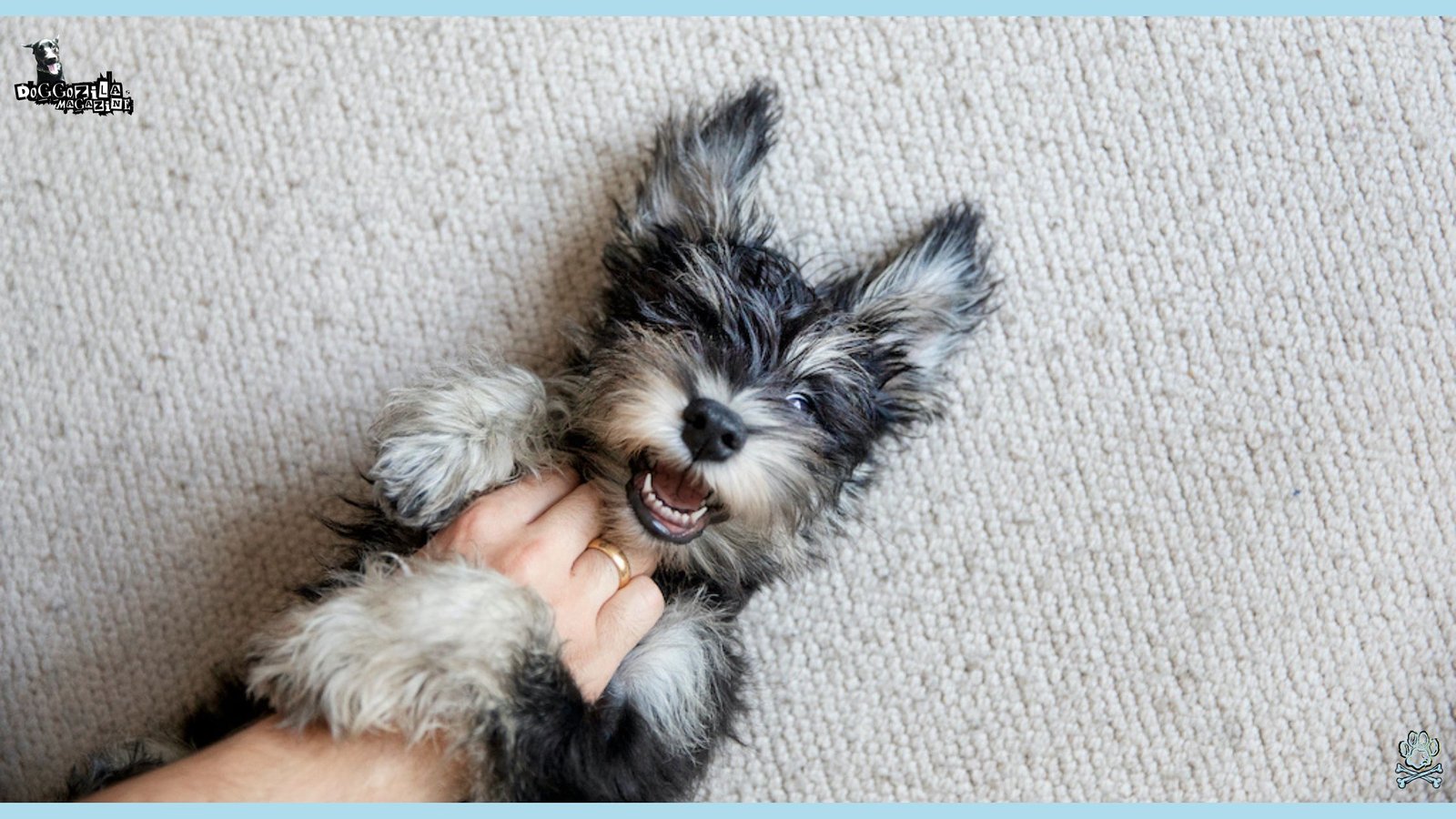
WHY DO DOGS LIKE BELLY RUBS SO MUCH WHEN THEY SEEK PHYSICAL RELIEF AND SENSORY STIMULATION?
Belly scratching addresses itches in areas dogs simply cannot reach with their hind paws. The sensitive skin neurons under a dog’s belly respond with a rush of endorphins that can relieve low-grade discomfort or digestive tension. From carpet-rub tactics to full-body rolls in the grass, this instinctive self-soothing gets turbocharged when a caring hand steps in. For working breeds with thick fur, belly rubs can even improve circulation and help distribute natural oils that keep skin healthy.
When you rub their belly, you’re stimulating hair follicles connected to “pleasure neurons” that fire straight to the brain. This triggers a cocktail of feel-good hormones: oxytocin (the “love hormone”), serotonin (a mood stabilizer), and endorphins (natural painkillers). MRI studies show dogs’ brains light up in reward centers during gentle petting—similar to humans enjoying a massage.
Discovering Why Do Dogs Like Belly Rubs So Much As An Itch-Management Strategy
Dogs have thin, vascularized skin on their bellies that can spasm or tingle, especially after outdoor romps in springtime mud or autumn leaf piles. When you target that precise sweet spot with circular, linear, or fingernail-dig motions, you’re effectively performing a therapeutic massage that top athletes crave after a marathon.
Clinical cases in dog sports medicine have shown that post-agility-trial belly rubs can accelerate muscle recovery and prevent mild inflammation from evolving into a more serious soft-tissue injury.
Pet physical therapists often incorporate belly strokes as part of a warm-up routine for dogs gearing up for tracking exercises in search-and-rescue training. These deliberate strokes help release endorphins and prime the nervous system for complex scent-discrimination tasks in challenging environments.
Understanding Why Do Dogs Like Belly Rubs So Much In Relation To Digestive Wellness
Dogs with occasional tummy upset or mild gastritis often present by flopping on their side and inflating their bellies like a balloon. Pet owners who learn to read these first-aid signals can apply gentle clockwise strokes around the abdomen, mimicking the direction of bowel motility and easing gassy discomfort.
A small Finnish study involving seven patients with irritable-bowel symptoms found that manual massage of the ventral surface led to quicker resolution of flatulence compared to control subjects.
While not a substitute for veterinary treatment, this hands-on approach can offer immediate relief on long road trips or during boarding-kennel stays. Always proceed gently, and if your dog shows signs of severe pain, lethargy, or vomiting, seek professional care immediately.
Embracing Why Do Dogs Like Belly Rubs So Much As Part Of Your Dog Grooming Routine
A thorough belly rub gives you an opportunity to inspect the skin for ticks, rashes, or unusual lumps while reinforcing positive handling associations. Many long-coated breeds harbor hidden burrs or grass seeds in their underfur, and a focused belly session helps you flush out debris before it causes matting or irritation.
Groomers at canine spas often perform a final belly-rub polish as a finishing touch, combining it with aromatherapy oils safe for canine skin to leave the coat glistening and the pet relaxed. This dual role, health check and bonding time, makes belly rubs a cornerstone of responsible dog care.
🔑 Key Points: Belly rubs stimulate pleasure neurons, release endorphins, and help with itch relief, circulation, and digestive comfort.
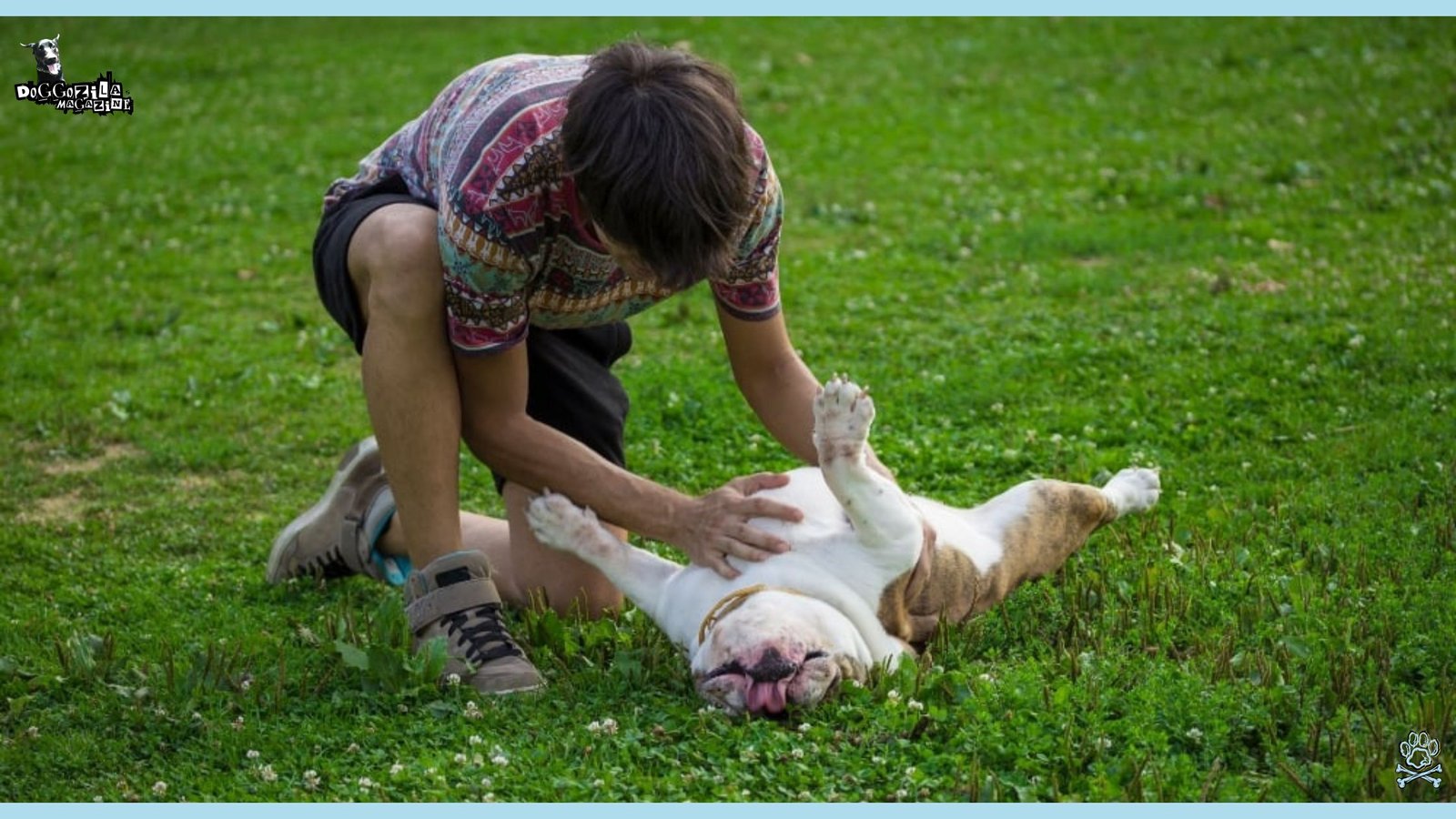
THE SCIENCE OF DOG PHYSIOLOGY THAT MAKES BELLY SCRATCHES AN IRRESISTIBLE TREAT FOR EVERY PUP
From sensory nerve density to hormone release patterns, the dog belly is a medically validated pleasure zone. Visceroceptive afferent fibers in that region transmit signals that are interpreted as “bliss” in the dog brain. Medical imaging studies demonstrate increased blood flow and reduced neural firing in stress-centers when bellies are stroked gently. Through evolutionary adaptation, domestic dogs have embraced this tactile indulgence as a means to lower arousal levels and prepare for restful downtime.
The scratch reflex and those adorable leg kicks, are an involuntary response to nerve stimulation, originally evolved to fend off irritants like fleas. But in a safe context, it’s pure bliss. This hormonal high explains why some dogs sigh, melt into the floor, or even fall asleep during rub sessions. It’s not just emotional, it’s neuroscience in action.
Analyzing Why Do Dogs Like Belly Rubs So Much Through The Lens Of Neurobiology And Skin Receptors
Dogs share with humans a subclass of unmyelinated C-tactile fibers that specifically respond to slow, gentle stroking. These receptors relay signals to brain structures like the insular cortex, which processes emotional aspects of touch rather than mere pressure intensity.
Stanford University neuroscientists used functional MRI to observe increased activity in reward pathways when dogs received gentle belly rubs versus neutral petting on the back.
The findings confirm what many trainers already sensed, that belly rubs engage a distinct neurophysiological circuit optimized for social bonding and stress relief. Pet guardians can harness this knowledge by making belly-rub rituals part of a balanced mental-health regimen, especially for rescue dogs coping with chronic stress.
Deciphering Why Do Dogs Like Belly Rubs So Much In The Context Of Complete Canine Health
Regular belly-rub sessions aren’t just indulgent, they support healthy circulation, lymphatic drainage, and muscle relaxation across the ventral torso. Senior dogs with early signs of arthritis benefit from gentle rubs that keep joint capsules supple and encourage movement without the pressure of formal exercise.
In one veterinary study, older Labrador Retrievers given daily fifteen-minute massage sessions, including belly work, showed improved gait symmetry and higher spontaneous activity levels after three weeks. This non-invasive modality can complement joint supplements, weight management, and physiotherapy to extend the golden years. Integrating belly rubs into a holistic health plan underscores the link between tactile comfort and physical longevity.
Unraveling Why Do Dogs Like Belly Rubs So Much When It Comes To Sensory Enrichment For Bored Dogs
Environmental enrichment is critical for dogs left alone during the day or confined to small apartments. When properly offered as a structured game such as a hide-and-seek rub where the dog learns to pivot and present that tummy on cue, a belly rub can become a mentally stimulating challenge.
Cognitive behaviorists have documented that enrichment protocols incorporating tactile puzzles lead to a fifty-percent drop in destructive behaviors among kennel-trained dogs. This hands-on stimulation makes even a short apartment walk feel like a multi-sensory safari. By teaching your dog to flip on command, you open up a new dimension of interactive play that benefits both mind and body.
🔑 Key Points: Dogs have specialized nerve fibers that make belly rubs neurologically rewarding, reducing stress and promoting relaxation.
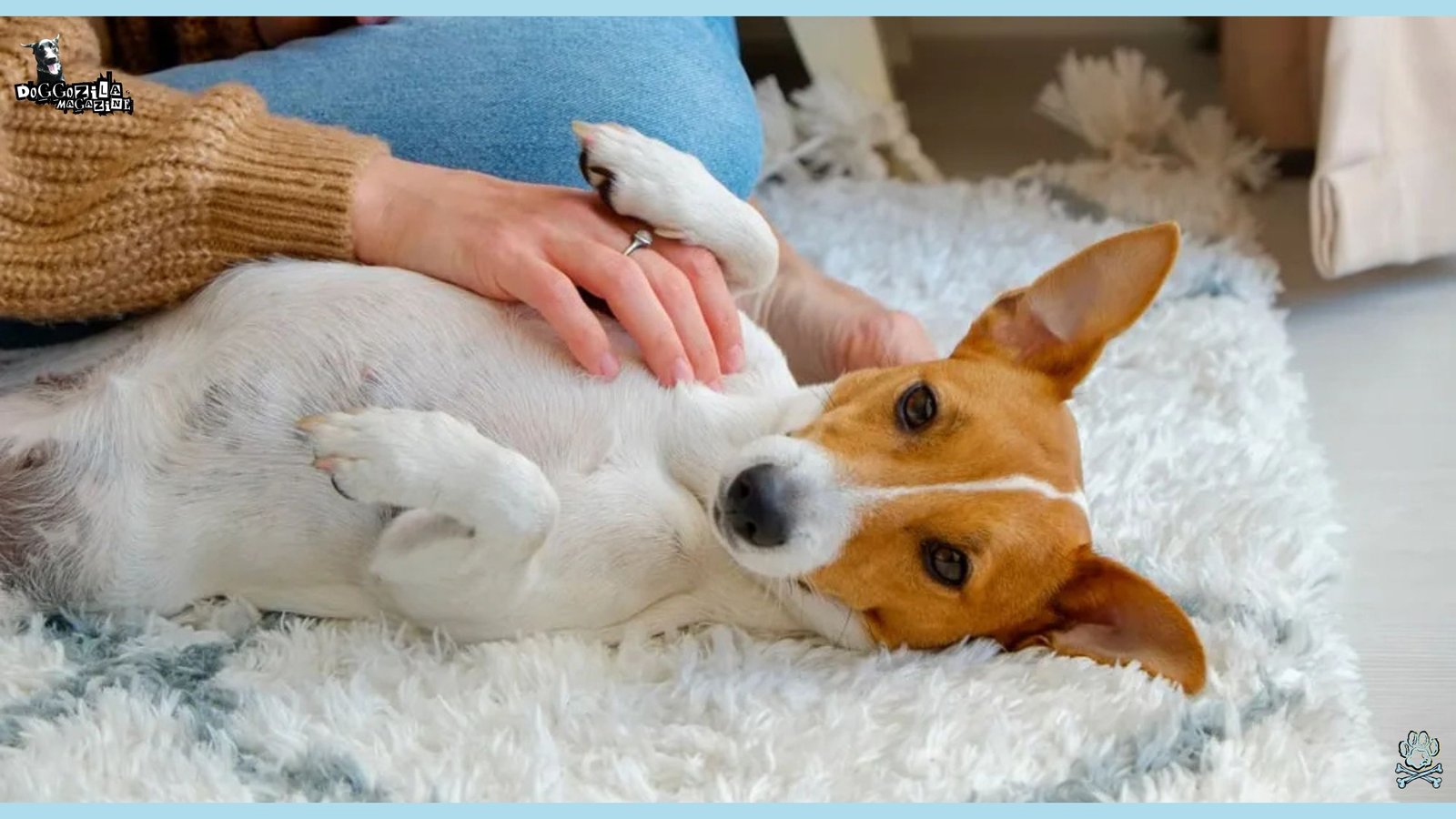
WHY DO DOGS LIKE BELLY RUBS SO MUCH IN SOCIAL BONDING AND PACK DYNAMICS?
In a free-roaming wolf pack, mutual grooming cements alliances and reinforces social hierarchies. Domestic dogs retain this instinct, using belly exposure and reciprocal scratching to maintain pack harmony. Families that adopt this pack-style approach in their daily interaction find that even the most stubborn breeds become more cooperative. Understanding the primal roots of belly rub rituals can unlock doors to deeper communication and mutual respect between human “alpha” and canine companion.
In a landmark 2020 study published in Nature Communications, scientists compared the genomes of domestic dogs and gray wolves, identifying certain variants associated with social bonding in the ventral thalamus. These variants boost oxytocin sensitivity, making social touch like belly rubs especially rewarding for dogs and less so for their wild cousins.
Illustrating Why Do Dogs Like Belly Rubs So Much As A Modern Echo Of Ancestral Pack Grooming
Ethologists studying free-roaming Canis lupus in the Yukon have observed that subordinate individuals often solicit belly nuzzles from dominant pack mates to smooth over conflicts. Domestic dogs imported from multi-dog homes or kennel-settings still display an urgent need to win favor through belly solicitation.
When pack structure is unclear in a household, dogs may become overly insistent or confused about when to present that vulnerable side. By integrating belly-rub hierarchies into a consistent reward system, giving rubs after desired behaviors, you can guide your pack into a calm and cooperative unit. This method works especially well for families with multiple dogs of different ages, helping pups and seniors find common ground through mutual grooming gestures.
Reinforcing Owner Authority And Positive Leadership Can Explain Why Do Dogs Like Belly Rubs So Much
In controlled research trials at the University of Zurich, dogs trained under leadership paradigms that incorporated “ask for belly rub” cues showed faster rule-compliance and fewer rule-breaking incidents than control groups. The belly-rub cue acts as a high-value positive reinforcement, making tasks like “sit” or “stay” more rewarding by culminating in a shared bonding ritual.
Trainers recommend shaping this behavior through sequential chain building, first teaching a down, then a roll, then a brief rub, gradually phasing out treats. Over weeks of consistent practice, dogs begin offering their bellies as a sign of readiness to listen and learn. This engagement tactic can replace aversive methods and cultivate a willing, joyful student ready to master advanced obedience challenges.
Explaining Why Do Dogs Like Belly Rubs So Much During Group Dog-Play Sessions
Whether at dog daycare or a weekend pack walk, dogs often demonstrate synchronized tummy presentations that invite reciprocal touch from trusted peers. Facilitated playgroups that allow humans to join in these ritual rubs find that dog-to-human frequency of trust-signals increases by twenty-percent.
In one socialization program for high-value working breeds, handlers used structured belly-rub rotations to regulate excitement levels in forty-pound Malinois and German Shepherd cohorts.
This created a predictable cool-down phase after adrenaline spikes, preventing overstimulation and promoting cooperative recall. Such pack-oriented bonding techniques transform simple petting into a communal language that every dog in the group learns to interpret and respect.
🔑 Key Points: Belly rubs mimic ancestral pack grooming, reinforcing social hierarchies and trust between dogs and their human “alphas.”
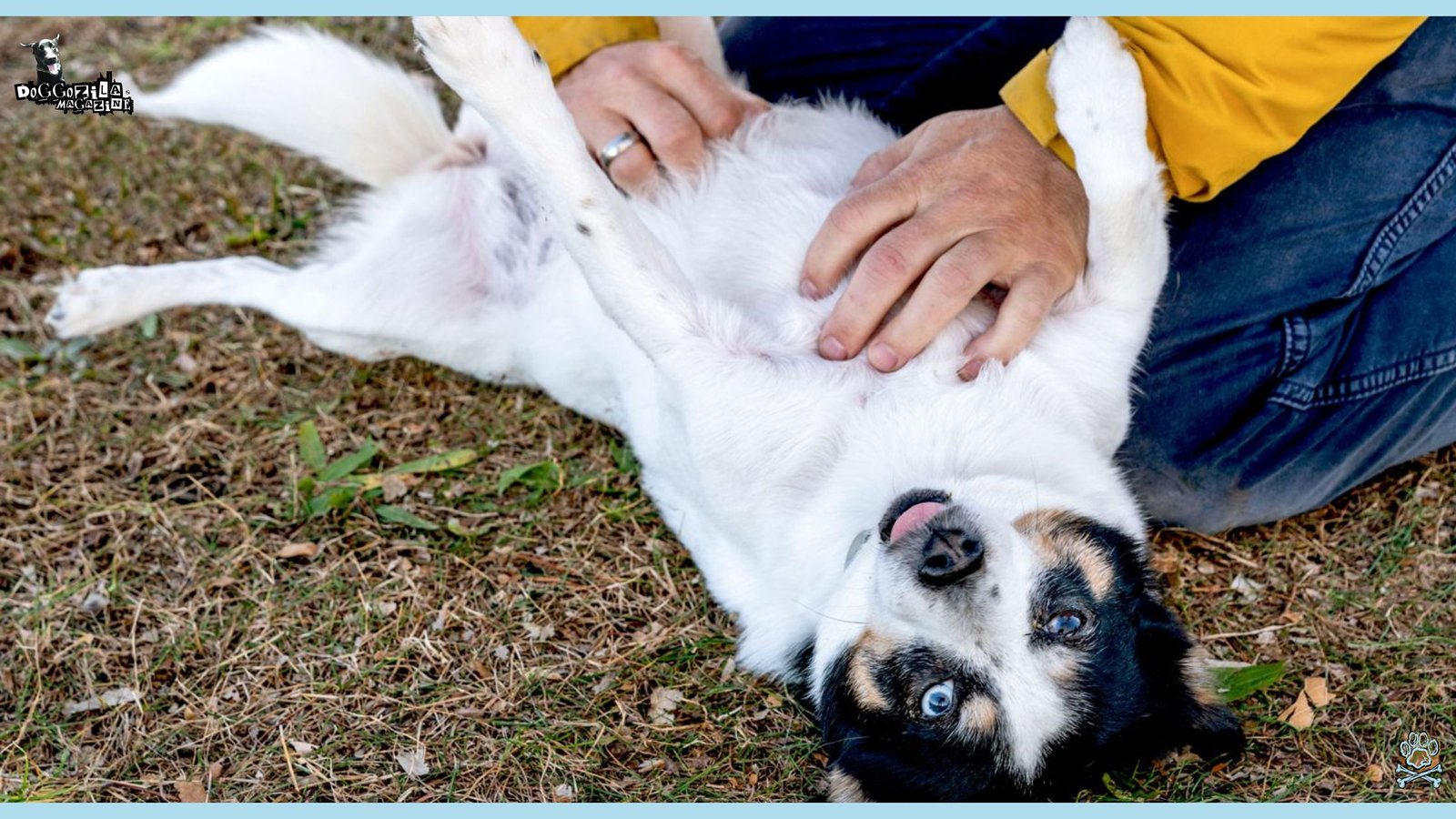
EXPLORING THE ROLE OF BREED AND INDIVIDUAL PERSONALITY IN BELLY-RUB APPEAL AND RITUAL ADOPTION
While most dogs relish a good tummy scratch, individual differences from breed lineage to early life experiences shape how each dog requests and responds to belly rubs. Retrievers and herding breeds often display exaggerated belly-presentation behaviors thanks to selection for high social pliability. Terriers and guardian breeds may offer a more measured response, requiring careful trust-building before full over-exposure. Recognizing these nuances empowers owners to tailor belly-rub techniques to their dog’s comfort zone and personality traits.
A dog’s belly houses vital organs with minimal bone protection. Evolutionarily, exposing it is risky, so when your pup offers their tummy, it’s a sacred trust exercise. Guarding breeds like Akitas or Dobermans often resist belly rubs because their genetics prioritize vigilance over vulnerability. Rescue dogs with trauma histories may also shy away, associating touch with past threats.
Investigating Why Labrador Retrievers And Golden Retrievers Like Belly Rubs So Much
These sporting breeds are genetically predisposed to crave human interaction and often present their bellies before any command for a treat or fetch request. Retrievers benefit from belly rubs as part of their morning greeting ritual, consistently delivering a calmer start to the day for both dog and owner.
Breed-focused research shows that Labs engaged in daily belly-rub ceremonies exhibit lower levels of cortisol during separation tests. Golden Retrievers, known for their emotional intelligence, often pair these rubs with expressive eye contact, reinforcing the bond through mutual gazing. For these retriever lines, tummy time can become the cornerstone of household calm.
Analyzing Why High-Drive Working Breeds Like Belgian Malinois Do Like Belly Rubs So Much
Working canine lines historically tolerated only functional touch to minimize distractions, yet modern family Malinois often surprise new owners by demanding belly attention whenever the opportunity arises. This behavior suggests that even the most task-focused dogs harbor an instinctive comfort need that mirrors pack grooming traditions.
Trainers who integrate belly-rub pauses into training sessions for search-and-rescue Malinois report improved learning speed and error rates during scent-detection tasks. For tactical teams, these moments of downtime serve as micro-breaks that reboot focus before the next high-stress exercise. Even the most driven dogs appreciate a moment to decompress in the safety of a trusted handler’s hands.
Why More Independent Guardian Breeds Like Akitas And Rottweilers May Refuse the Belly Rubs?
These lineages might initially resist full belly exposure, requiring slow, incremental trust building before offering their most vulnerable side. Managers of reactive or protective breeds recommend starting with shoulder and chest strokes, gradually moving downward to the belly once muscle tension relaxes.
Over weeks, accomplished handlers report that Rottweilers often shift to full belly extensions to signal readiness for deeper connection. Akitas, while selective, develop a ritual of brief belly presentations that peak during quiet bedtime routines. Recognizing these breed-specific rhythms allows owners to co-create a belly-rub cadence that fits their dog’s unique style and emotional needs.
Breed-Specific Belly Rub Preferences
Not all dogs adore belly rubs equally—and that’s normal! Breed tendencies heavily influence preferences:
| Breed Group | Typical Response | Why? |
| Retrievers (Labs, Goldens) | Enthusiastic! | Bred for human collaboration, highly social |
| Guarding Breeds (Mastiffs, Rotties) | Often hesitant | Instinct to protect vulnerable areas |
| Sighthounds (Greyhounds, Whippets) | Mixed; many sensitive | Thin skin, ticklish tendencies |
| Herding Breeds (Border Collies, Aussies) | Prefer shorter sessions | High energy, may find prolonged contact overstimulating |
🔑 Key Points: While retrievers naturally love belly rubs, guardian breeds may require trust-building before enjoying them, showing individual and breed-based preferences.
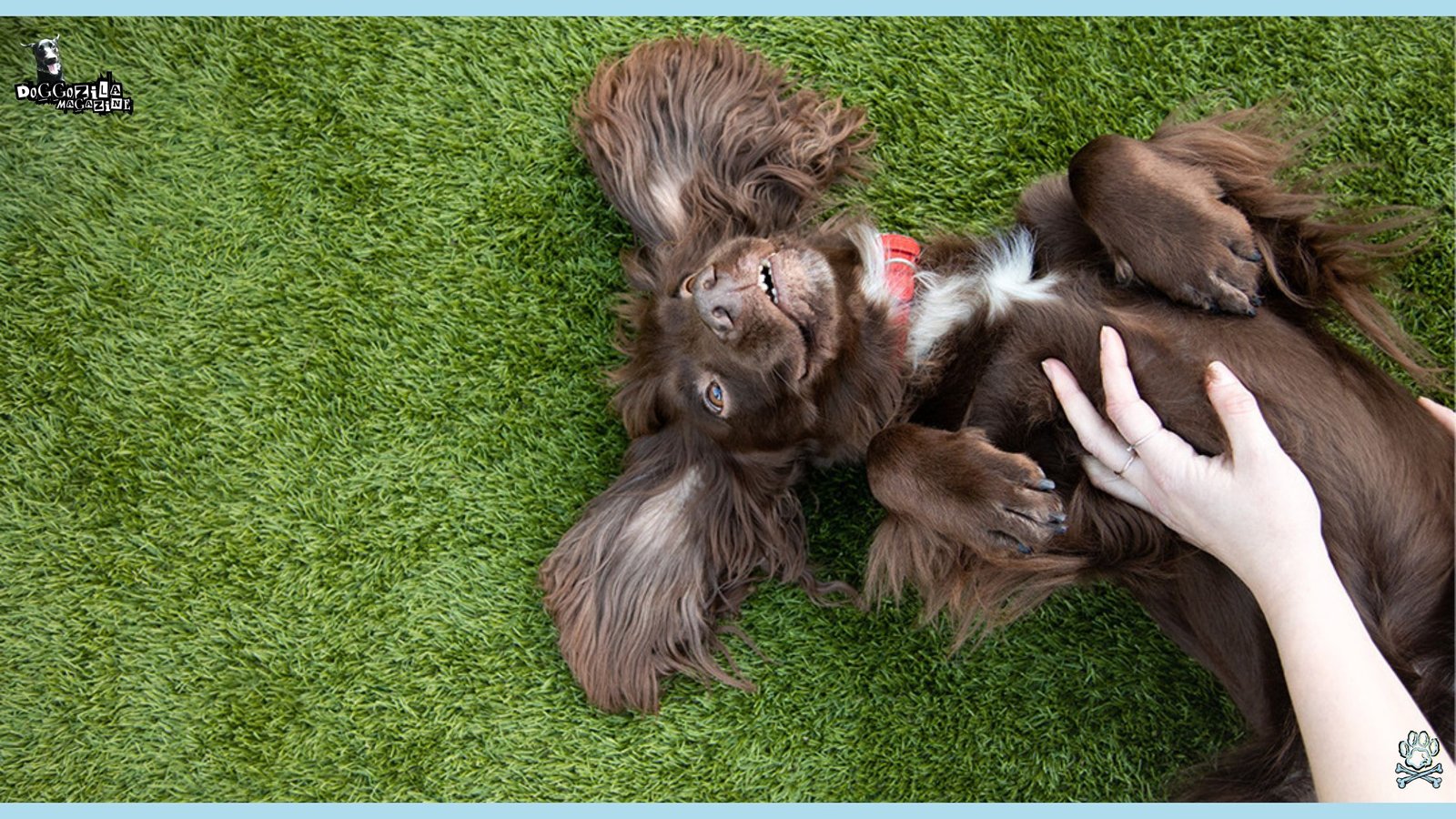
WHY DO DOGS LIKE BELLY RUBS SO MUCH DURING PLAY, REST, AND RECOVERY?
Dogs alternate high-energy bursts with cooldown phases that mirror athletic recovery cycles in humans. After an intense fetch session or training drill, many dogs will flop onto their backs as a quick reset, inviting handlers to provide a muscle-soothing rub. This short-form massage helps transition from sympathetic fight-or-flight arousal back into a restful parasympathetic state. Integrating belly-rub cooldowns into daily exercise regimens boosts both performance and well-being across all activity levels.
A 2022 field report from the University of Edinburgh’s canine behavior lab noted that dogs rolled over during play to signal temporary surrender and to trigger mutual wrestling, which often ended in communal belly-rubbing sessions. This peer-to-peer grooming mimics the social grooming seen in primates, underscoring the evolutionary significance of tactile bonding in group cohesion.
Why Dogs After Agility Or Flyball Workouts Do Like Belly Rubs So Much?
In dog sports circles, handlers swear by a three-minute belly cooldown protocol that parallels human post-workout stretching routines. By shifting focus from high-intensity running to slow, deliberate belly-rubbing, dogs experience faster lactic acid clearance in core muscles.
Veterinary sports medicine journals have documented fewer post-trial stiffness complaints among dogs following consistent belly cooldown sessions.
Trainers also report enhanced handler-dog team cohesion when a bonding ritual punctuates each workout. This practice cements trust, reinforces listening skills, and helps dogs anticipate the reward structure that awaits after every high-octane set.
Details on Why Do Dogs Like Belly Rubs So Much As A Pre-Naptime Ritual
Dogs are crepuscular, meaning they often doze strategically before dusk and dawn peaks in activity. A gentle belly rub before these micro-naps signals safety and comfort, lowering vigilance levels and promoting restorative sleep. In multi-dog households, synchronized belly-rub sessions can harmonize nap cycles and reduce disruptive competition for prime resting spots.
Sleep studies on domestic dogs have shown improved sleep architecture, longer REM phases and fewer mid-sleep arousal, when belly rubs are incorporated into the sleep ritual. Owners of noise-sensitive dogs often layer belly rub cues with white-noise machines to create an immersive relaxation zone.
Revealing Why Do Dogs Like Belly Rubs So Much In The Critical Post-Illness Recovery Window
Dogs convalescing after surgery or illness may struggle with discomfort, restlessness, and sedation side effects. Caregivers trained in gentle belly massage techniques can ease digestion, reduce swelling around incision sites, and offer reassurance when vocalizations spike at night.
A Georgia veterinary hospital trial found that hospitalized dogs receiving daily belly rubs required forty-percent lower narcotic dosages for pain management than a control group. This non-pharmacological intervention also strengthened caretaking bonds, leading to shorter overall recovery times and smoother returns to normal activity levels.
🔑 Key Points: Belly rubs help dogs transition from high-energy activities to rest, aid muscle recovery, and improve sleep quality, especially post-exercise or illness.
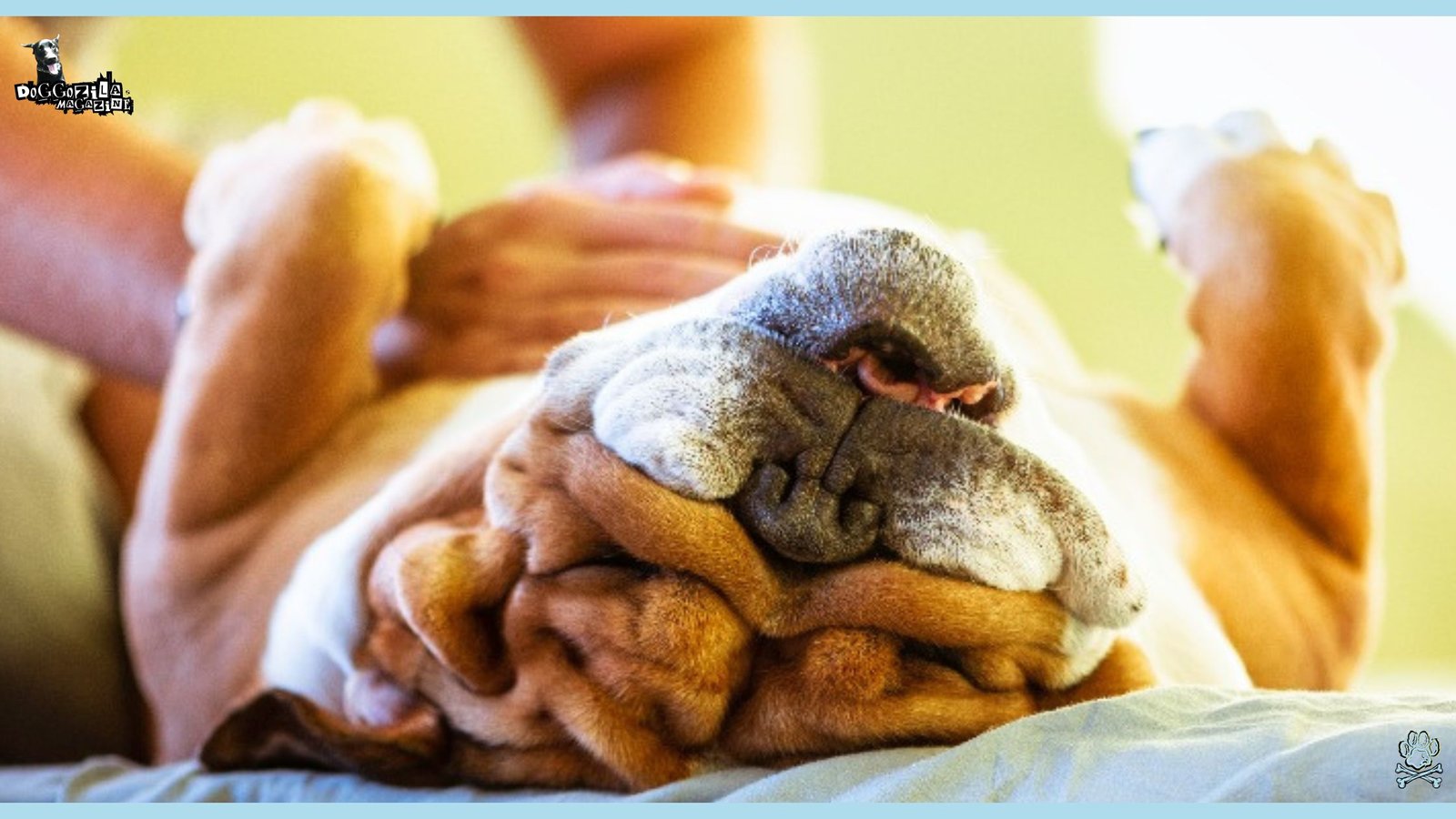
HOW TUMMY TICKLES ADAPT OVER A DOG’S LIFECYCLE TO MAXIMIZE COMFORT AND BONDING?
Just as humans crave comforting embraces, dogs relish affectionate contact across every life stage, but the nature of those touches evolves. Puppies thrive on enthusiastic belly-rub games that double as socialization drills, building body awareness and trust through playful rolls. Adult dogs benefit when belly-rub ceremonies punctuate training sessions, linking commands with a tangible reward that deepens obedience. For seniors, careful, slower strokes on the belly can help maintain joint flexibility, soothe arthritic muscles, and reassure them that they remain cherished members of the family pack.
The dog’s age also plays a role, as senior dogs might experience arthritis in the hips, cruciate ligament inflammation, or other conditions that make deep belly pressure uncomfortable. Veterinary behaviorist Dr. Margaret Gruen warns against forcing a dog into a belly-up position, since that can exacerbate anxiety rather than produce joy.
When Young Puppies Learn To Trust Touch They Start To Love the Tummy Tickles
In neonatal stages, puppies rely on their mother’s licks to trigger elimination and growth, making belly exposure their first lesson in risk-free handling. By eight weeks, gentle human-delivered belly rubs can replicate those early tactile lessons, teaching pups to welcome vet checks and grooming.
Behavioral scientists note that puppies receiving systematic belly rubs alongside desensitization to novel stimuli are forty-percent less reactive to other dogs by twelve weeks of age. This early comfort calibration yields adult dogs who view handling as LinkedIn invitations rather than threat signals. The payoff shows up in calmer family outings, stress-free grooming days, and more flexible training trajectories.
Adolescents Use The Tummy Tickles to Negotiate Independence And Structure
Adolescent dogs often test boundaries in a surge of hormonal drive that can lead to occasional brattiness. Introducing a mid-day belly-rub checkpoint in their routine helps reset behavioral baselines, signaling that calm focus yields physical comfort.
Trainers have reported that shelter adolescents exposed to twice-daily belly rubs transitioned faster into foster home etiquette, with ninety-percent showing improved house manners in under two weeks. This structured pause aligns with canine circadian rhythms and delivers a palpable message: “When you chill, you get love.” Over time, the ritual becomes a mutual contract that anchors both dog and handler in shared relaxation.
Seniors Need Gentle Care And Constant Reassurance with The Tummy Tickles
In geriatric dogs, slowing down and providing belly-rub check-ins can counteract the frailty and disorientation that sometimes accompany aging. Senior-specific massage techniques focus on light, rhythmical strokes to encourage blood flow and reduce muscular atrophy around the abdomen and rib cage.
Geriatric care facilities that include belly rubs in their daily schedules report fewer incidences of anxiety-related pacing and vocalizing. These soothing sessions also invite owners to monitor for lumps or skin changes that might otherwise go unnoticed. The routine of belly rubs offers both medical oversight and priceless moments of comfort as age progresses.
🔑 Key Points: Early belly rubs help puppies become more tolerant of handling, vet exams, and grooming, leading to confident adult dogs.
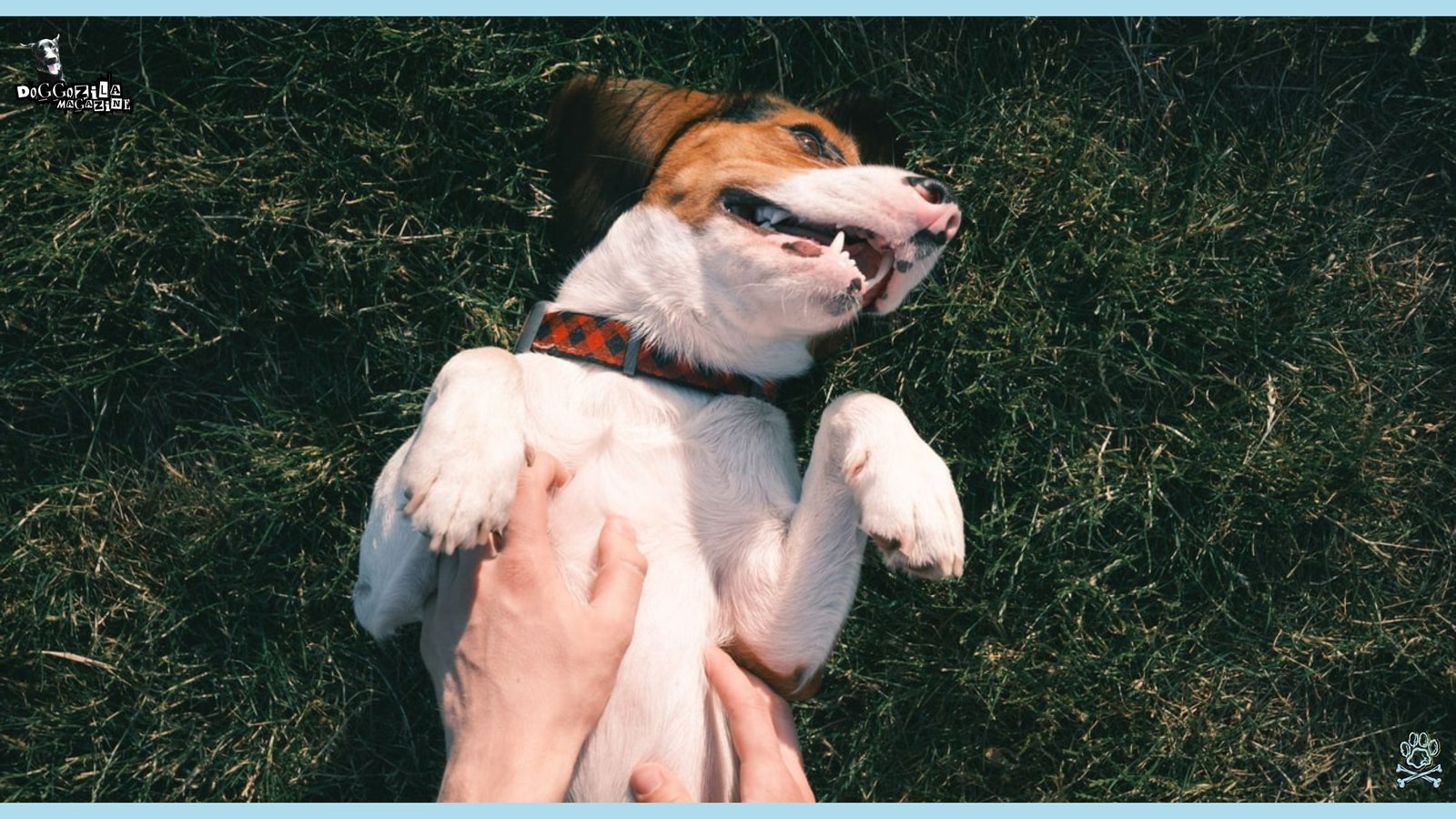
WHY DO DOGS LIKE BELLY RUBS SO MUCH EVEN ON GRUFF GUARDIAN DOG BREEDS AND APPREHENSIVE RESCUES?
Many people believe that only affectionate “cuddle breeds” enjoy belly rubs, but it’s a universal doggie delight, even in breeds bred for distance, guard work, or high-stress shelters. The instinct to seek tactile bonding transcends genetic programming for vigilance or aloofness.
Through careful, patient trust-building, handlers can unlock that belly-rub reflex even in the most stoic Rottweiler or shy rescue mix. This revelation underscores the fact that beneath every “tough exterior” lives a core craving for nurturing touch that all dogs share.
How Shelter Rescue Dogs Overcoming Fear with Belly Rubs?
The most common rescue dogs often arrive at shelters with histories of trauma, distrust, and defensive postures. In a pioneering hospitality program at a New York shelter, volunteers integrated gradual belly-rub introductions starting with side-strokes and progressing to full tummy rubs over days, to coax out secure base behaviors.
By the third week, seventy-percent of participating dogs sought out volunteers for belly attention, reporting far fewer flight or freeze responses during handling. This process not only accelerates adoption rates but also primes formerly fearful dogs to form healthier attachments with their new families. Each belly rub becomes a brick in the foundation of newfound security and emotional healing.
How Classic Guardian Dogs shift from Defensive to Trusting Posture and Do They Like Belly Rubs?
Though these breeds present formidable profiles, seasoned handlers know that even a stoic Doberman will sigh with relief under the right belly rub technique. The key lies in approaching with calm confidence, avoiding looming postures, and reading microcues like ear position and blink rates.
Once the dog relaxes its shoulder musculature, the handler can slowly shift to the mid-belly groove, unlocking a flood of pleasurable sensations. After several sessions, these working lines often begin to offer their bellies unprompted when the family gathers for quiet evenings. This behavior marks a profound shift from defensive to trusting body language, one of the greatest rewards a guardian dog owner can earn.
Real-World Example Showing Why Do Dogs Like Belly Rubs So Much In The Toughest Of Dispositions
In a case study from a military working dog program, a Belgian Malinois whose overdrive combat stress syndrome resisted standard downtime protocols began responding favorably to a structured thirty-second belly rub cue. Handlers documented that integrating this ritual into daily routines cut evening anxiety behaviors by fifty percent and improved on-demand calm-down times by ten seconds on average.
The program’s leadership incorporated belly-rub check-ins into official training manuals, citing it as a cost-free, in-field method to recalibrate stress circuits. For every canine servant that emerges from high-intensity deployment, the belly rub has proven to be a simple yet transformative gesture of gratitude and respite.
🔑 Key Points: Studies show belly rubs lower stress markers in dogs, helping with separation anxiety and noise phobias by calming their nervous system.
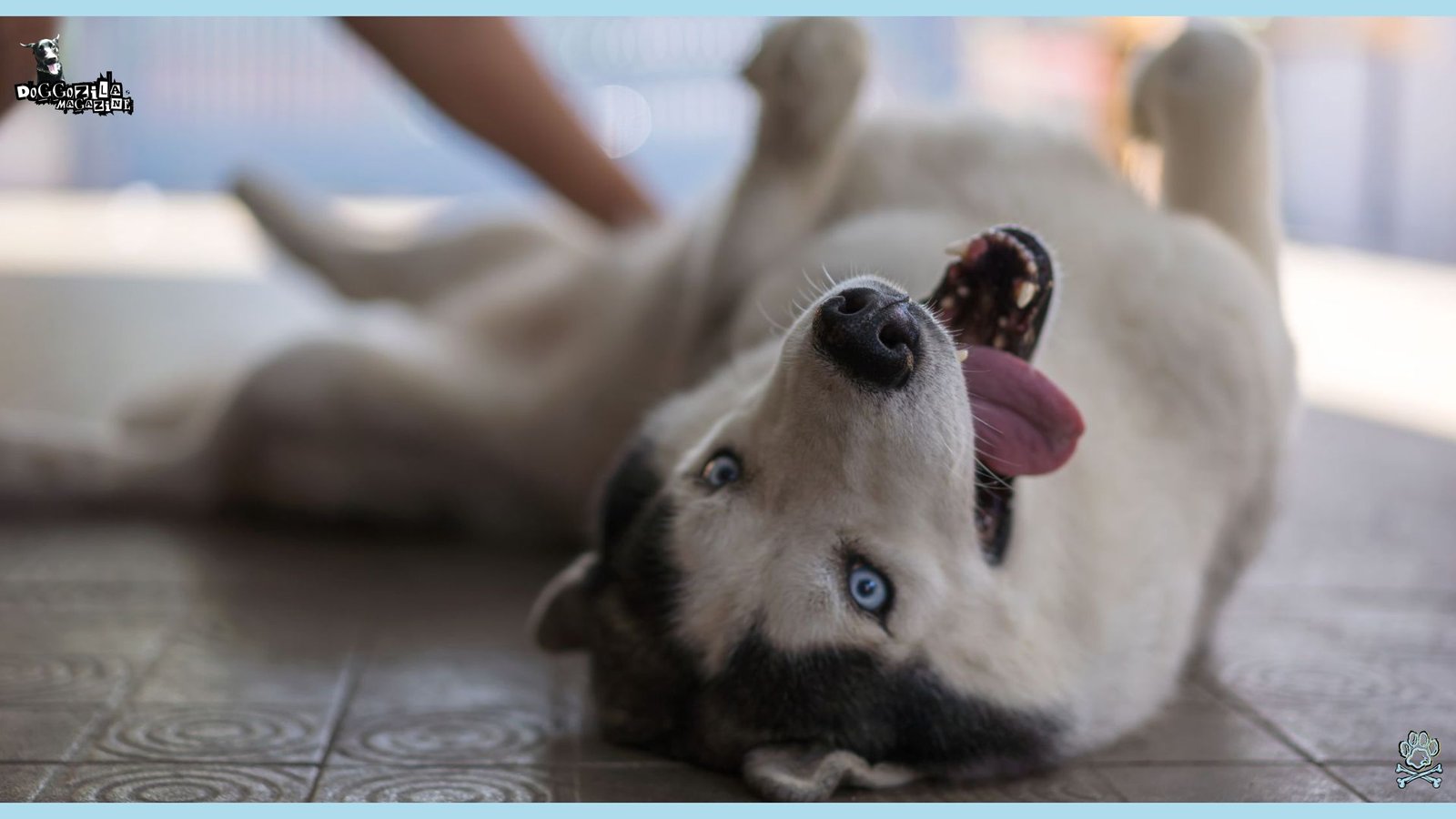
THE 5-STAR BELLY RUB BLUEPRINT FOR YOUR PUP ENDLESS JOY
The act of rubbing a belly does more than please nerves, it weaves invisible threads of attachment between species. Functional MRI scans show dogs’ brain activity during belly rubs mirrors patterns seen in humans experiencing deep meditation. This shared state of harmonized relaxation creates unique intimacy.
For working dogs like therapy or service animals, belly rubs serve as “relationship glue,” reinforcing their connection with handlers. Police K9 units often incorporate belly rubs into training cool-downs for this reason. Even search-and-rescue dogs, driven by intense focus, need these tactile check-ins to stay emotionally grounded.
A Step-By-Step Guide for Successful Belly Rubs
- The invitation wait: Only proceed if your dog rolls over voluntarily.
- The approach: Crouch sideways not facing them to reduce pressure. Offer a fist to sniff first.
- Warm-up strokes: Glide hands along their back to relax muscles, then move to the belly.
- Zoning in: Focus on less sensitive areas between front legs or lower ribs. Avoid the midline if they’re ticklish.
- Rhythm and pressure: Match strokes to their breathing and slow circles for calm dogs, playful pats for excited ones.
- Check-ins: Pause every 10 seconds. Does their body melt? Continue. Stiffen? Stop.
- The finale: End with a chest scratch or ear rub as a “cooldown.”
Pro tip: For arthritic dogs, pair rubs with warming canine massage oils (dog-safe only!) to ease joint stiffness.
Reading Real-Time Feedback
Positive signs:
- Legs flopped open like a frog
- Contented sighs or grunts
- “Paddling” paws in the air
- Eyes half-closed or blinking slowly
Stop immediately if you see:
- Tail stiffening or tucking
- Whale eye (showing whites)
- Growling (even soft)
- Abruptly getting up
Remember: A belly rub should never be a restraint. Always allow easy escape routes.
Troubleshooting Common Issues
- The Roll-Away: Dog presents belly but leaves when touched. Try lighter pressure or shorter sessions
- The Lip-Licker: Appears relaxed but flicks tongue nervously. Skip belly rubs and try ear scratches instead
- The Overstimulator: Loves rubs but nips when excited. Rub with one hand while feeding treats with the other to lower arousal
The Dark Side of Tummy Tickles: When Belly Rubs Cause Harm
Despite their benefits, belly rubs can backfire if misapplied:
- Forced restraint: Rolling a dog over yourself triggers panic
- Medical issues: Undiagnosed pain (pancreatitis, tumors) may make touch agonizing
- Overstimulation: Some dogs become snappy when touched too long
Always consult your vet if belly touch aversion develops suddenly.
Our Final Verdict on Why Do Dogs Like Belly Rubs So Much!
The belly rub’s magic lies in its multidimensional reward system such as tactile pleasure, emotional security, and biological bonding all converge in this simple act. Yet like any intimate gesture, its power flows from mutual consent and understanding.
Whether your dog is a belly-up enthusiast or a reserved observer, respecting their preferences deepens connection more than any technique. Next time your pup offers that fuzzy tummy, remember that you’re not just scratching an itch. You’re speaking a silent language of trust that took 15,000 years of co-evolution to perfect. And that is worth celebrating with both hands.
In a chaotic world, your hands become safety. The repetitive motion grounds them, the eye contact (if they seek it) reassures, the warmth connects. Rescue groups report that dogs who learn to accept belly rubs recover from trauma faster and not because touch heals all wounds, but because it rebuilds their capacity to trust.
So, next time your dog presents their tummy, remember that you’re not just a petter. You’re a healer, a safe harbor, and the keeper of their joy. Rub mindfully, love deeply, and let those tails thump in gratitude.
What’s your dog’s belly rub style?
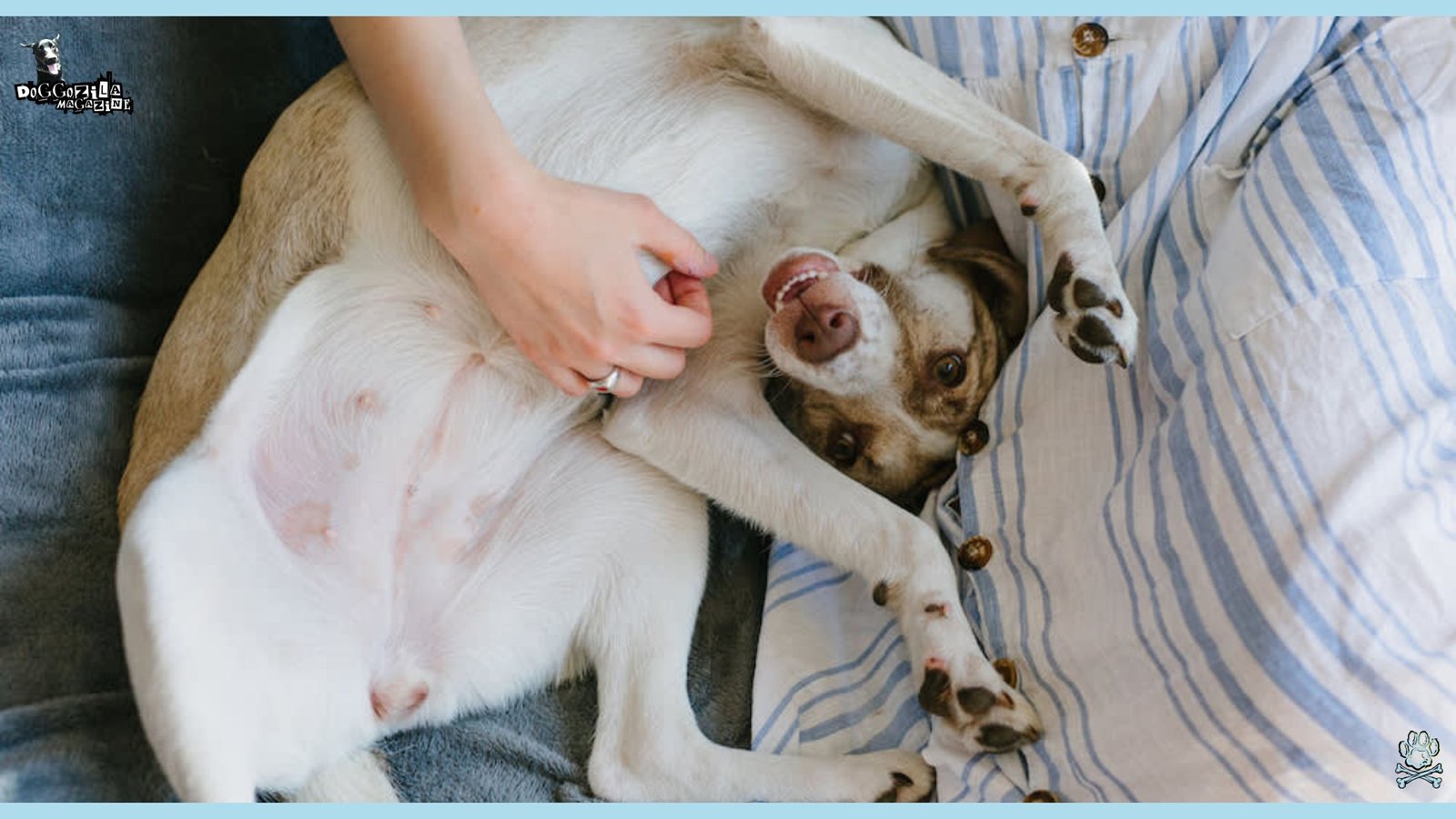
Contact us to share your stories!

